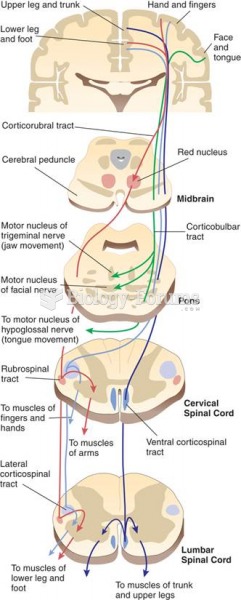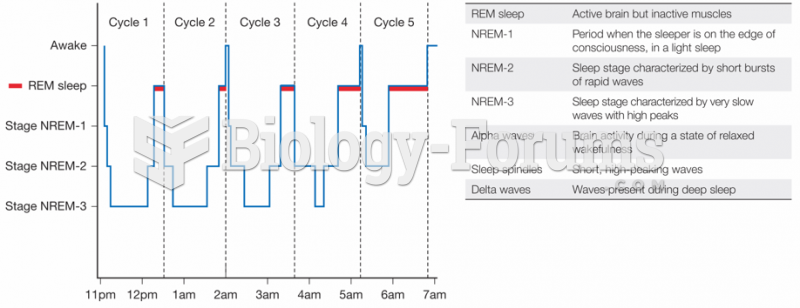This topic contains a solution. Click here to go to the answer
|
|
|
Did you know?
More than 34,000 trademarked medication names and more than 10,000 generic medication names are in use in the United States.
Did you know?
Coca-Cola originally used coca leaves and caffeine from the African kola nut. It was advertised as a therapeutic agent and "pickerupper." Eventually, its formulation was changed, and the coca leaves were removed because of the effects of regulation on cocaine-related products.
Did you know?
The average office desk has 400 times more bacteria on it than a toilet.
Did you know?
People about to have surgery must tell their health care providers about all supplements they take.
Did you know?
Vaccines prevent between 2.5 and 4 million deaths every year.






